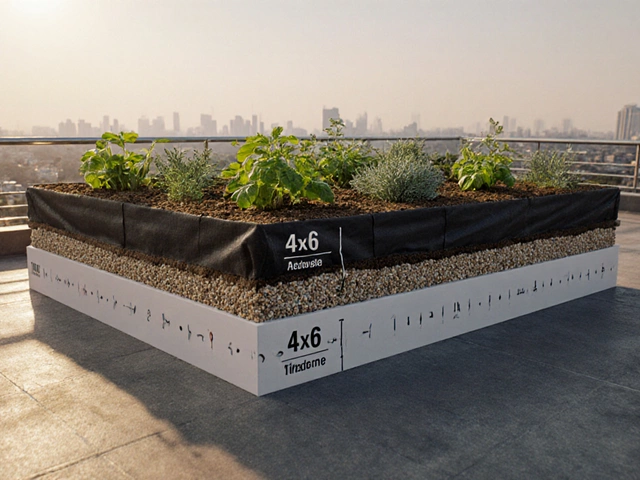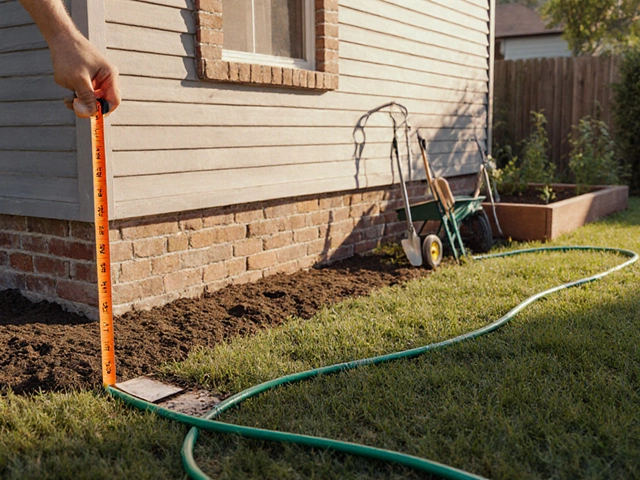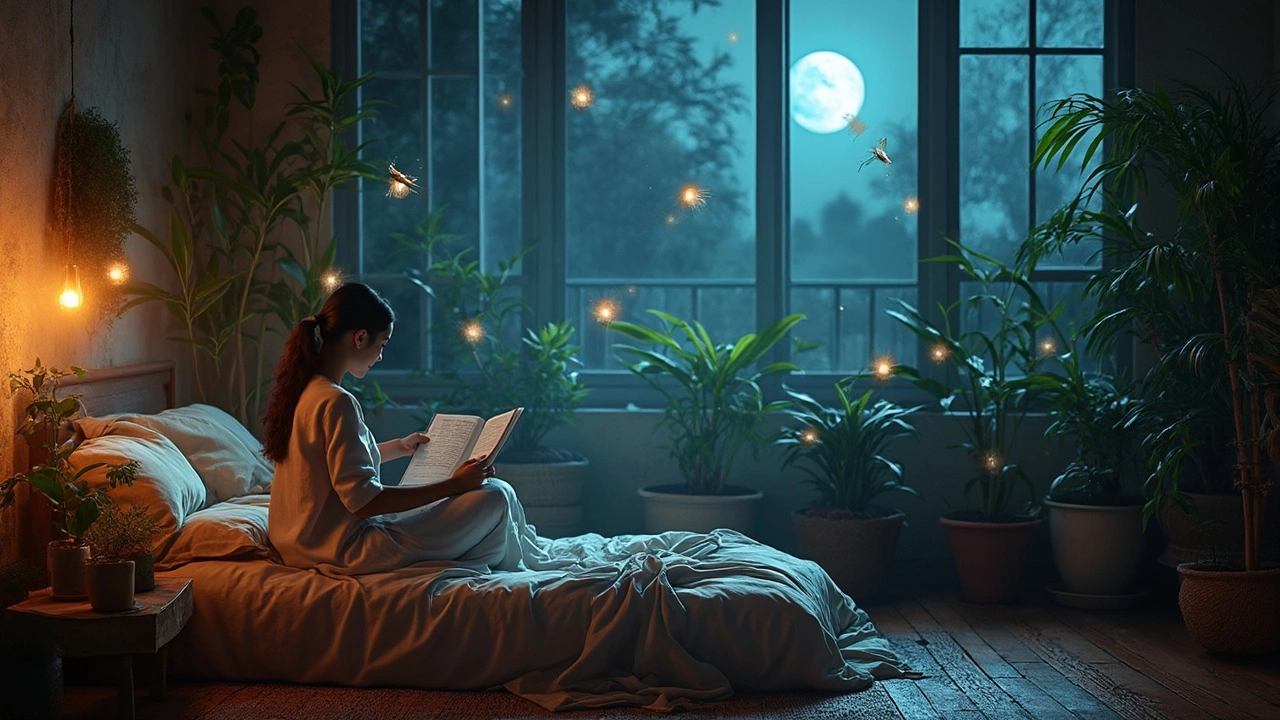Plant Oxygen: Best Oxygen‑Giving Plants for Your Home and Garden
Ever wonder which plants actually help clean the air you breathe? In India’s hot, humid zones, a few green friends can pump out a lot of fresh oxygen while keeping your space cool. Below you’ll find quick facts and easy care tips so you can start a healthier garden today.
Why Oxygen‑Rich Plants Matter
Plants take in carbon dioxide and release oxygen through photosynthesis. The more leaf surface they have, the more oxygen they produce. In crowded cities, indoor plants can lower indoor CO₂ levels, reduce stress, and even improve sleep. Outside, a dense canopy of oxygen‑rich shrubs helps fight pollution and gives shade for crops.
Top Picks for Indian Climate
Areca Palm (Dypsis lutescens) – This palm loves Indian humidity and grows tall, feather‑like fronds that release a steady stream of oxygen. Water it once a week and give it bright, indirect light, and it will thrive on balconies or living rooms.
Money Plant (Epipremnum aureum) – A classic indoor vine, the money plant tolerates low light and needs only occasional watering. Its heart‑shaped leaves are great oxygen generators and it also helps filter out common indoor toxins.
Snake Plant (Sansevieria trifasciata) – Known for its tough, sword‑like leaves, the snake plant continues to produce oxygen even at night. It survives neglect, making it perfect for bedrooms and low‑maintenance gardens.
Neem (Azadirachta indica) – A staple in Indian yards, neem trees release plenty of oxygen and have the added benefit of natural pest resistance. Plant it in well‑drained soil, water during dry spells, and watch it grow into a shade‑giving giant.
Peace Lily (Spathiphyllum) – This indoor favorite thrives in low light and adds both oxygen and a touch of elegance with its white blooms. Keep the soil moist and mist the leaves for extra humidity.
All these plants share a simple rule: healthy leaves mean more oxygen. Regular pruning, proper watering, and occasional feeding with organic fertilizer keep leaf surface large and efficient.
If space is limited, try a vertical garden. Hanging pots of spider plant (Chlorophytum comosum) or pothos can create a green wall that pumps oxygen while saving floor space. A trellis with jasmine vines not only smells great but also adds fresh air to any patio.
For a quick boost, group plants together. A cluster of a few palms, a snake plant, and a money plant can create a mini‑oxygen factory. The micro‑climate they generate helps each plant grow better, especially during the hot summer months.
Remember to clean dust off leaves once a month. Dust blocks sunlight, reducing photosynthesis and oxygen output. A damp cloth does the trick without harming the plant.
Ready to start? Pick one or two of the suggestions above, place them where you spend the most time, and watch the air feel fresher within weeks. With minimal effort, you’ll enjoy cleaner air, greener décor, and a healthier home.
Why Is It Not Good to Keep Potted Plants Indoors at Night?
Keeping potted plants inside at night can actually impact your indoor air quality and even your sleep, thanks to how plants 'breathe' after the sun goes down. Some plants release carbon dioxide at night, and this shift confuses a lot of people who believe all plants purify air 24/7. There's also the little-known risk of mold and pests making things less comfy inside. Understanding what really happens after dark in your plant-filled room can help you make smarter decisions about caring for your plants and your space.
About
Indoor Plant Care
Latest Posts


Optimal Soil Depth for Rooftop Gardens - How Deep Should It Be?
By Alden Thorne Oct 23, 2025

How Far Should a Garden Be From Your House? Practical Setback Guidelines
By Alden Thorne Oct 20, 2025

What Not to Put in Compost: Essential Guide for Safe and Healthy Homemade Composting
By Alden Thorne Jun 23, 2025

